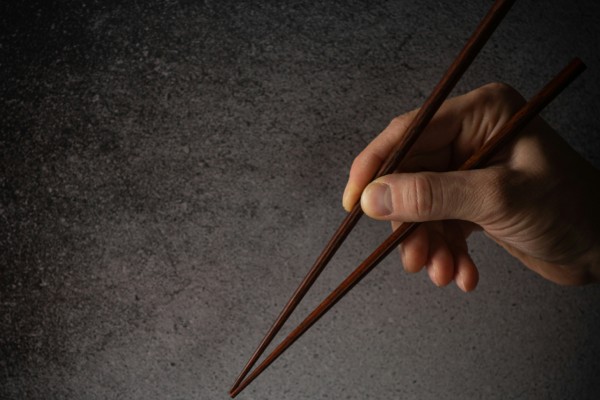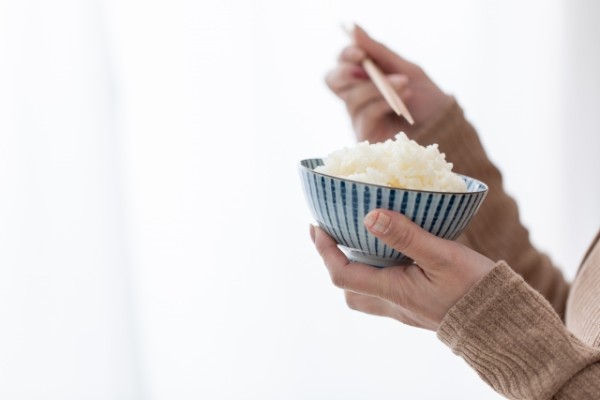Japanese Food Culture: Manners, Customs, and Characteristics.
Food, dining customs, and table manners reflect a country's history and way of life, giving each culture unique characteristics. Japan is known for its delicate and beautifully presented cuisine, as well as its formal dining etiquette. This section provides a detailed explanation of the characteristics and cultural background of Japanese food.
The Culture of Eating with Sound in Japan
In Japan, it is common to make a slurping sound ("zuzuzu") when eating noodles or hot soup dishes. Particularly when eating soba or ramen, slurping is said to enhance the aroma and flavor of the dish. This custom dates back to the Edo period when slurping was encouraged to allow the fragrance of soba to be fully appreciated as it passed through the nose.
Japanese Culture of Serving Food in Small Dishes
In Japan, meals are often served in multiple small dishes, with each portion carefully arranged and served individually by the cook from the start.
No Fixed Order in Eating Japanese Cuisine
Unlike some cuisines that have a set order for dishes, traditional Japanese meals do not follow a strict sequence.
Aesthetic Presentation and Attention to Tableware
Japanese cuisine places great importance on visual appeal. The choice of tableware is carefully considered to match the season and dish, and the arrangement of colors and placement is meticulously planned to create a visually pleasing dining experience.
The Custom of Saying "Itadakimasu" and "Gochisousama"
In Japan, people say "Itadakimasu" before eating and "Gochisousama" after finishing a meal. These phrases express gratitude for the lives of plants and animals that provide nourishment, as well as respect for those who produce and prepare the food. This custom reflects Japanese values of etiquette and appreciation. Whether dining with family or friends, these words naturally find their way into conversation, embodying the deep respect Japanese people have for food.
Attitude Toward Leftover Food
Leaving food uneaten is generally considered undesirable in Japan. Both at home and in restaurants, finishing one’s meal is seen as a sign of gratitude toward the ingredients and the people who prepared the dish. The Japanese food culture is deeply rooted in the awareness that consuming meat, fish, and vegetables means taking life, which is why wasting food is discouraged.
In many households, children are taught from a young age to eat everything on their plate, reinforcing the idea that finishing one's meal is an expression of gratitude and respect.
Japanese Dining Culture of Using Chopsticks: Etiquette and Handling

In Japan, chopsticks are the primary utensils used for eating, without the need for spoons or forks. Each family member typically has their own set of chopsticks. There are different types, including "shokubashi" (for eating) and "saibashi" (for cooking), made from various materials such as wood, bamboo, lacquered finishes, or intricately crafted designs.
When eating individually served dishes, chopsticks are used to bring food directly to the mouth. However, when sharing from a communal plate, designated serving chopsticks are used. This practice originates from hygiene considerations and is an essential dining etiquette in Japan.
There are also strict rules regarding chopstick handling. For example, before a meal, chopsticks should be placed with the tips pointing left. Certain behaviors, such as "nigiribashi" (gripping chopsticks like a fist), "sashibashi" (stabbing food with chopsticks), and "mayoibashi" (hovering over dishes while deciding what to eat), are considered poor manners and should be avoided.
Beyond how chopsticks are held, there are also rules regarding chopstick rests and where to place chopsticks during a meal, highlighting their importance in Japanese culture.

In Japan, it is customary to lift rice bowls and soup bowls while eating. This practice originated from the traditional habit of dining on tatami mats. Since the distance from the low dining table to the mouth was too great, people naturally lifted their bowls. Wooden lacquerware, which does not easily conduct heat, allows hot soup to be held and sipped directly from the bowl.
Historically, meals were served on individual trays for each person. Because these trays were low, lifting bowls became a natural habit. The long-standing tatami culture also played a role in preventing the widespread adoption of Western-style dining tables.
Calling Restaurant Staff in Japan
In Japan, it is common to call out "Sumimasen" ("Excuse me") when summoning restaurant staff. Unless there is a wireless call button or a self-ordering system at the table, diners typically get the attention of staff by directly addressing them. This practice is widely accepted in Japan, as staff are expected to respond promptly.
The Japanese Style of Toasting
When making a toast, it is customary in Japan to clink glasses together, producing a distinct sound. There are various theories regarding its origin, but one suggests that it was inspired by Western customs observed when foreign ships arrived in Japan during the Edo period.
-------------------------------------------------------
Japan's unique food culture is deeply connected to nature, seasons, history, and spirituality, and is highly regarded worldwide. Let's experience and enjoy Japan through its uniquely modest and refined food culture.
update